肺部聲音健康監測設備
Respire Wave
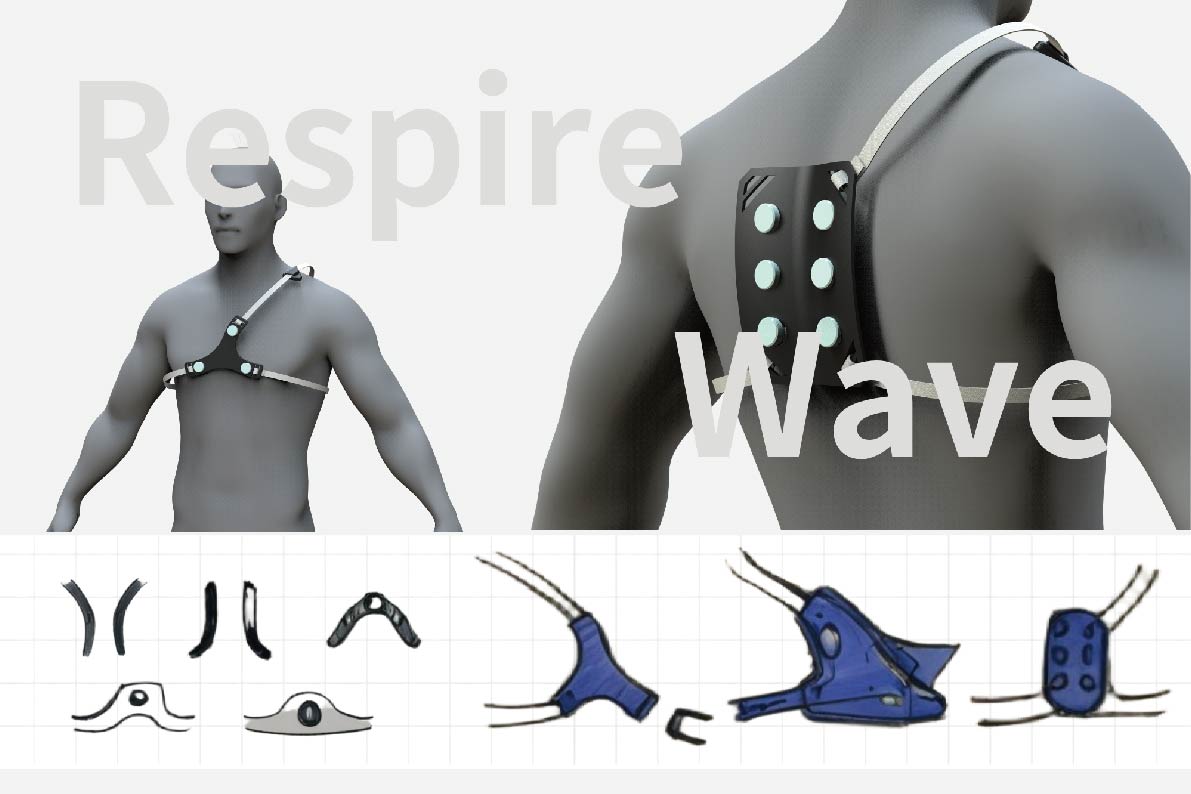
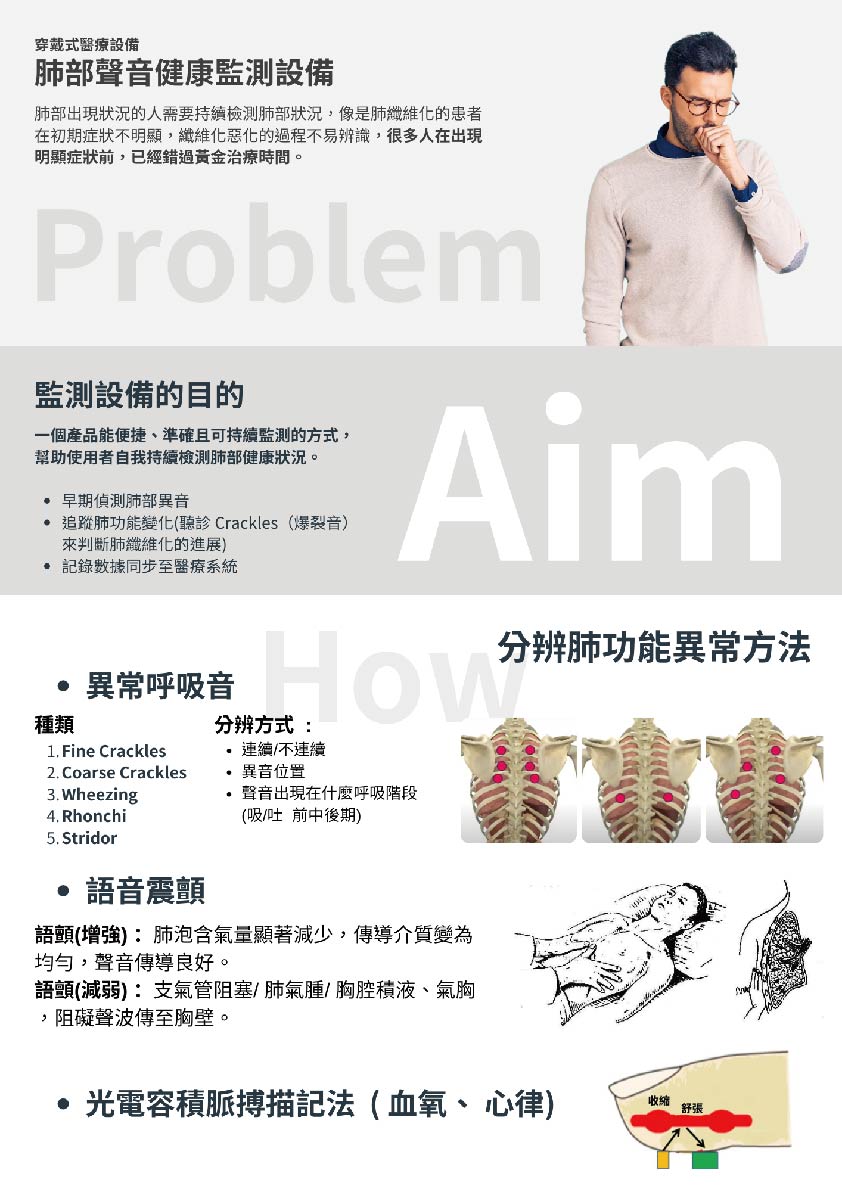
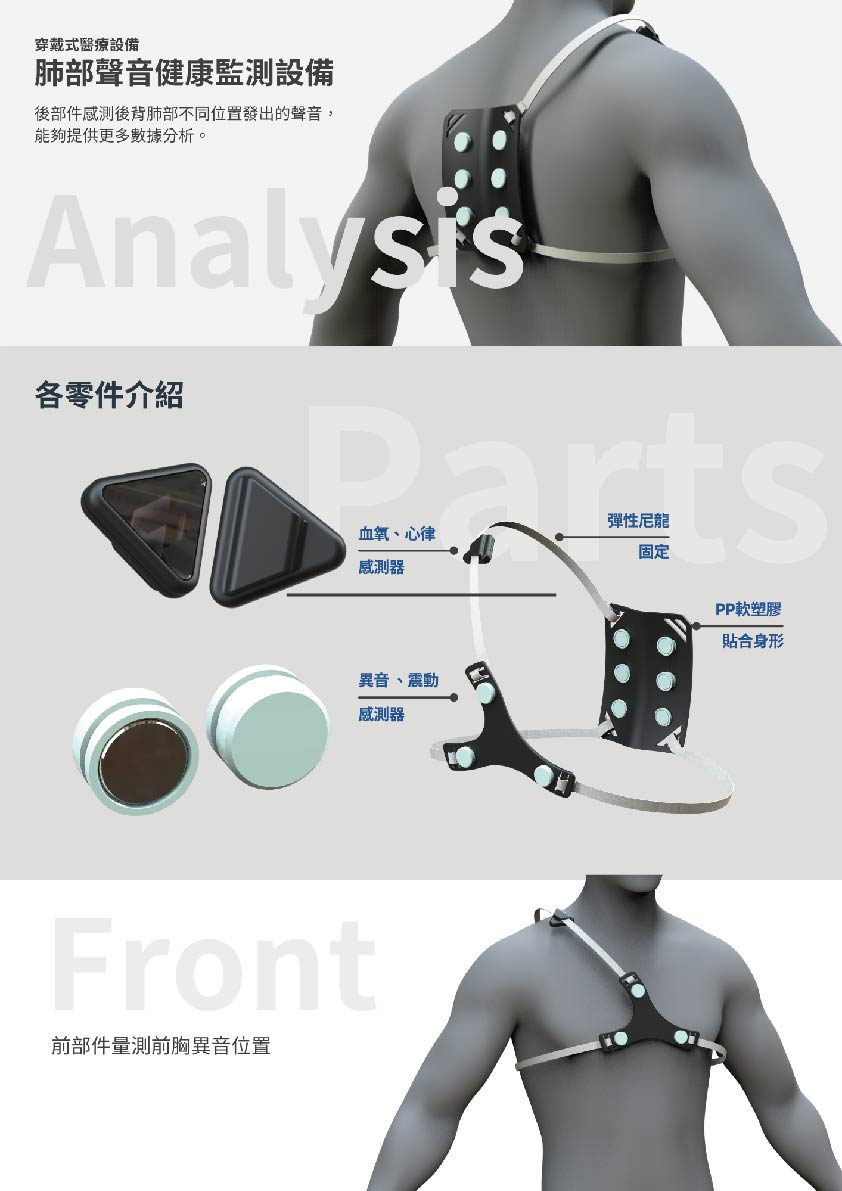
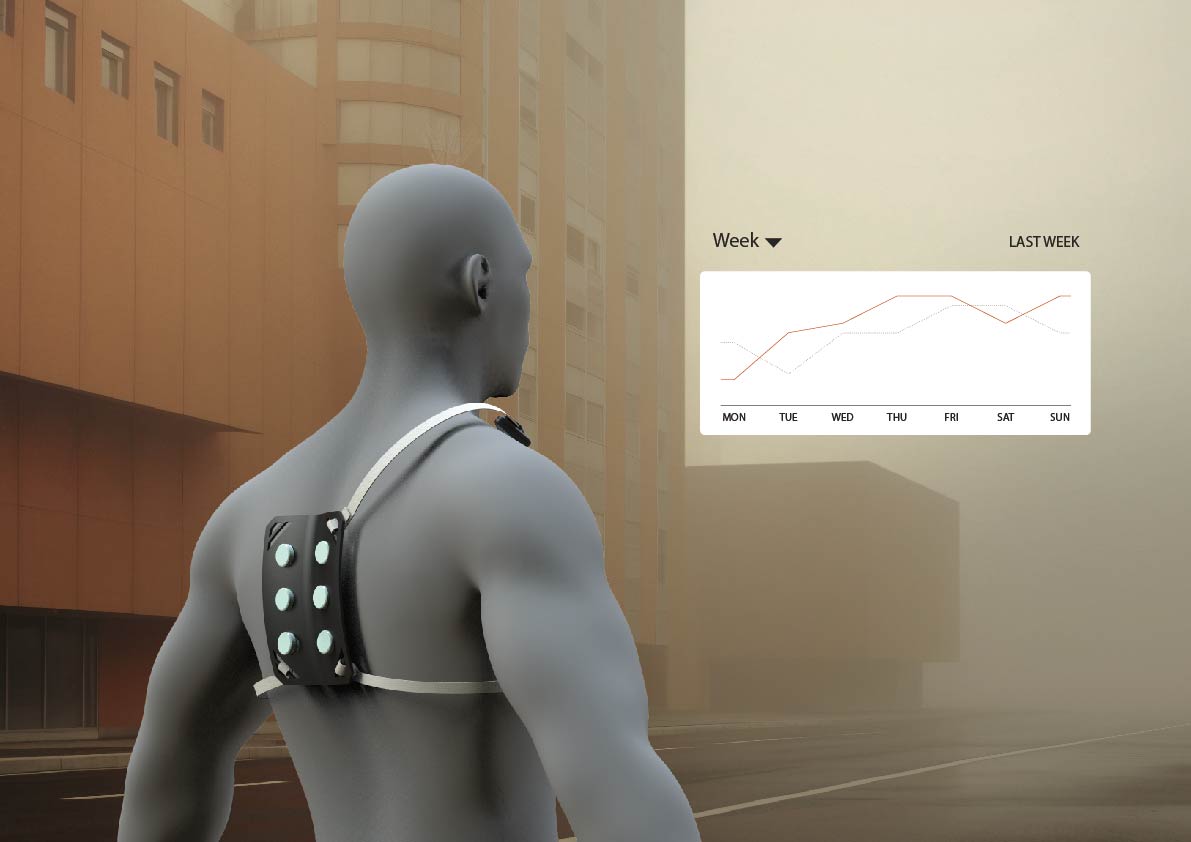
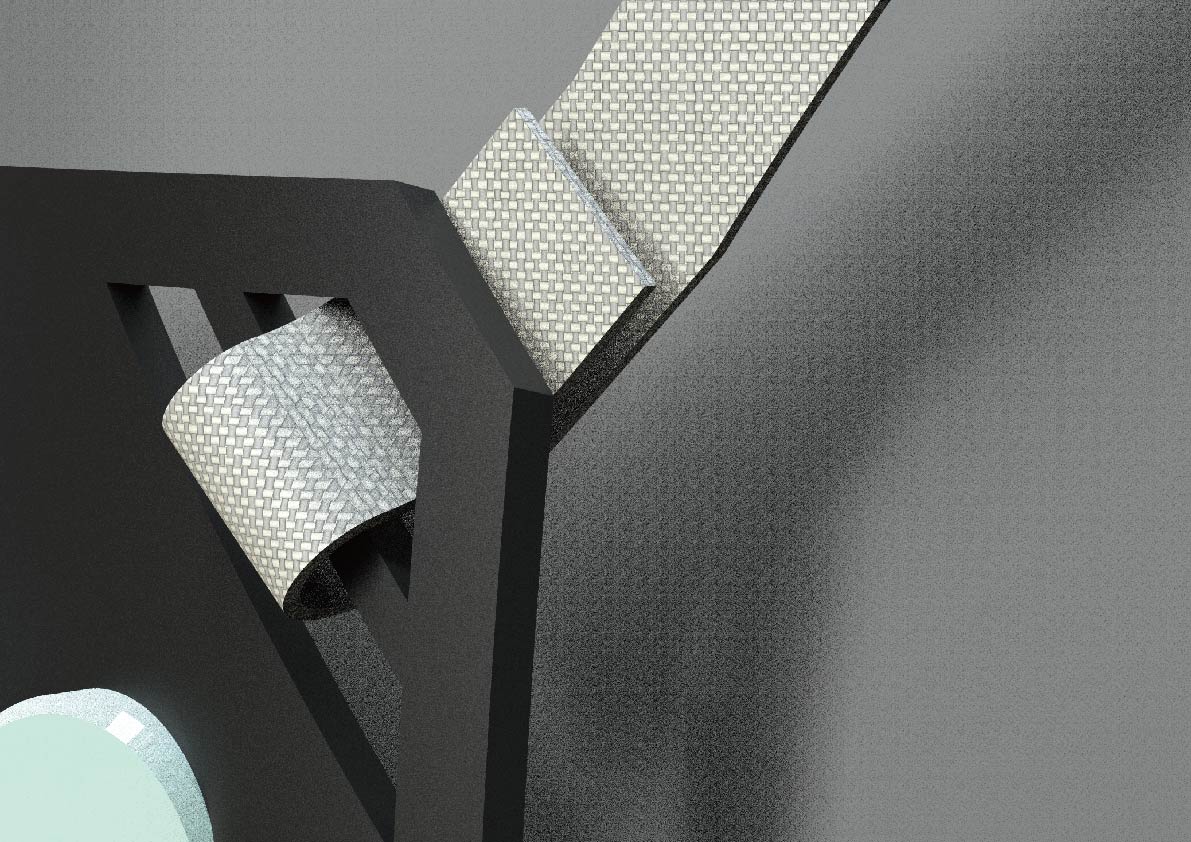
肺纖維化是一種進程快速、難以預測且死亡率極高的肺部疾病。患者的肺功能通常在數年內逐漸惡化,甚至可能因急性惡化而迅速進展,導致呼吸衰竭。平均五年存活率不到 50%,死亡率甚至高於某些癌症。在台灣,每年新增 200 至 300 名患者,但死亡人數幾乎相同,反映出此疾病的嚴峻性。
由於早期症狀不明顯,超過 50% 的患者曾被誤診為氣喘、COPD 或心臟疾病,大多數確診時已進入中晚期。臨床上,79% 的患者在肺部聽診時可聽見「雙下肺囉音」(Crackles),這是醫生評估病情惡化的重要指標,但目前僅能透過回診時聽診,患者無法自行監測,導致疾病惡化時錯失黃金治療時機。
Respire WAVE 是一款專為肺纖維化患者設計的智慧監測設備,透過 AI 智慧分析肺音變化,即時偵測 Crackles 強度變化,並結合血氧與呼吸速率,提供完整的肺部健康監測,幫助患者及早發現病情惡化。
穿戴式設計便於日常使用,患者無須依賴醫院聽診,即可長期追蹤肺功能變化,幫助醫生獲得完整數據,提升診斷準確度,優化治療決策,降低急性惡化風險。
Respire Wave
Pulmonary fibrosis is a rapidly progressive, unpredictable lung disease with a high mortality rate. The patient's lung function usually deteriorates gradually over several years but may even progress rapidly due to an acute exacerbation, leading to respiratory failure. The average five-year survival rate is less than 50 percent, and the mortality rate is even higher than that of some cancers. In Taiwan, there are 200 to 300 new cases each year, but the number of deaths is almost the same, reflecting the severity of the disease.
Because the early symptoms are not obvious, more than 50% of patients have been misdiagnosed as having asthma, COPD, or heart disease, and most are already in the middle or late stages when diagnosed. Clinically, 79% of patients can hear "bilateral lower lung rales" (Crackles) when auscultating their lungs. This is an important indicator for doctors to assess the worsening of the disease. However, currently, it can only be detected through auscultation during follow-up visits. Patients are unable to monitor themselves, resulting in missing the golden opportunity for treatment when the disease worsens.
Respire WAVE is a smart monitoring device designed specifically for patients with pulmonary fibrosis. It uses AI to intelligently analyze changes in lung sounds, instantly detect changes in crackle intensity, and combines blood oxygen and respiratory rate to provide complete lung health monitoring, helping patients detect the worsening of their condition early.
The wearable design is convenient for daily use. Patients do not need to rely on hospital auscultation to track changes in lung function over a long period of time, helping doctors obtain complete data, improve diagnostic accuracy, optimize treatment decisions, and reduce the risk of acute deterioration.
國立高雄師範大學 工業設計系
(四年級) 指導老師 林永峻
陳勇廷